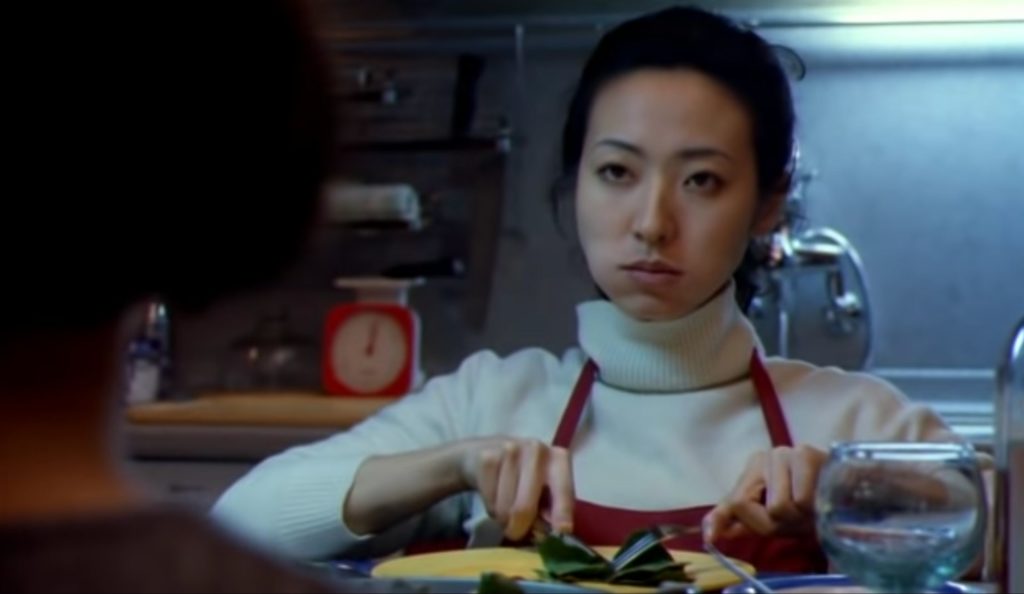
Americans are attuned to Korean film like never before. The awakening came with the dominance of this past year’s Academy Awards by Bong Joon-ho’s “Parasite,” whose four Oscars included not just Best International Feature Film but Best Picture, an unprecedented victory for a non-English-language film. In the past twenty years, critics and film-festival habitués have consistently ranked South Korea’s film industry among the most exciting in the world, but many more casual moviegoers, it seems, still required the imprimatur of the Hollywood establishment before sampling its fruit.
Whatever they think of Bong’s visceral tale of class warfare in Seoul, viewers new to Korean cinema will notice a lingering, distinctly un-Hollywood-like aftertaste. They may wonder what other impressive, unsettling pictures have come out of a country whose most popular cultural exports, historically, have been elaborate (if rigorously formulaic) pop-music videos and television dramas. The answer is on YouTube, where the Korean Film Archive (kofa) maintains a channel of nearly two hundred movies, from the nineteen-thirties through the end of the twentieth century, all free to watch and with English subtitles available. Created in 2011, the channel has become an invaluable resource, especially now that so many of us are desperate for streaming entertainment.
Part of South Korea’s Ministry of Culture, Sports and Tourism, kofa is just one product of the government’s considerable support for its domestic film industry. In addition to restoring the often poorly preserved films from the past, kofa also operates a free film library and theatre in Seoul’s Digital Media City, both of which I’ve frequented since arriving in Korea. In that time, I’ve often been asked why I came here in the first place, and for that I can credit another government-funded organization: the Korean Film Council (kofic), the distributor of the Korean classics on DVD that I happened upon one fateful day in my university’s library. Despite having prided myself on the breadth of my viewing habits, I’d never seen anything quite like those Korean movies, by turns carefully constructed and seemingly improvisational, each one colored by a range of emotions that Western genre conventions punctiliously separate.
Read the whole thing at the New Yorker.